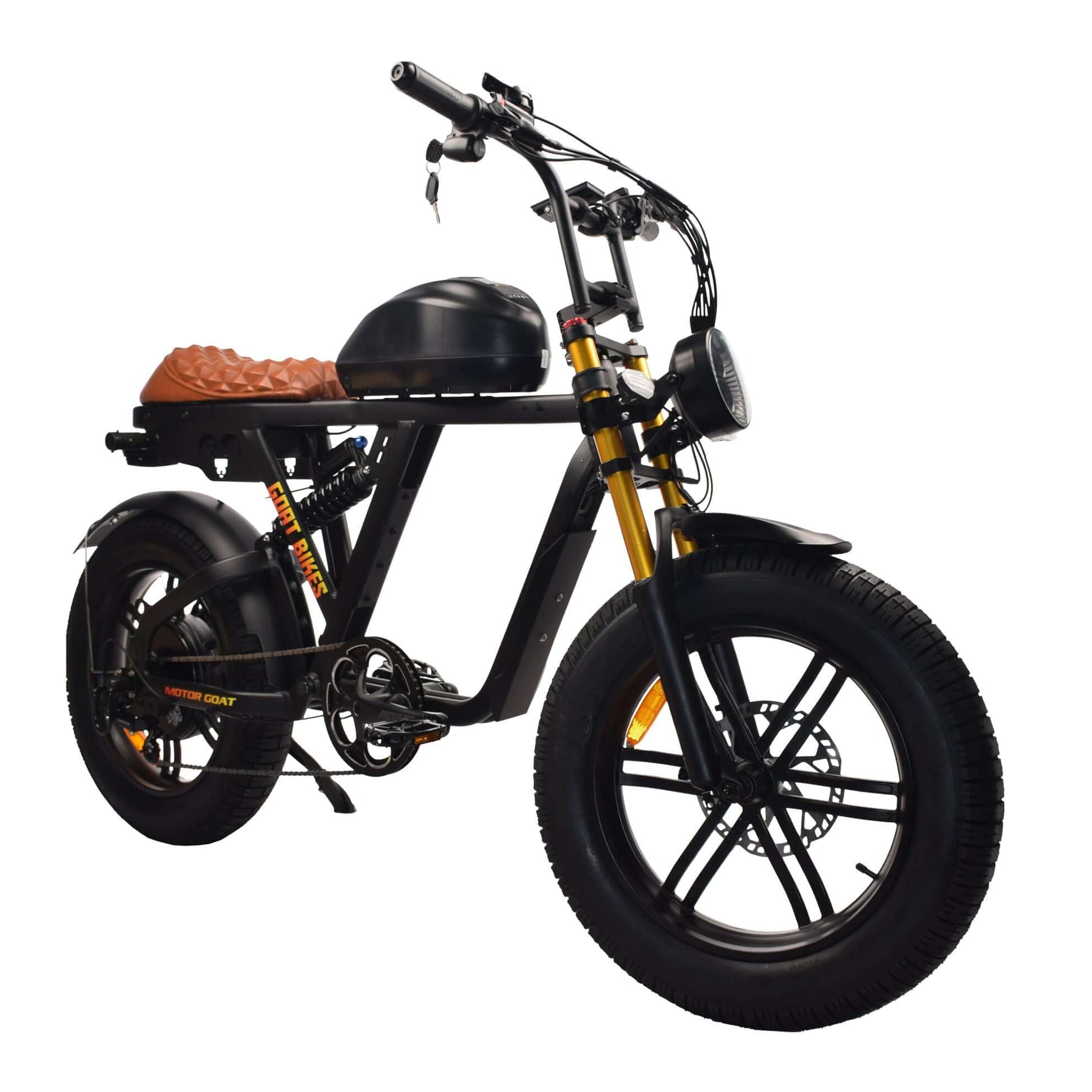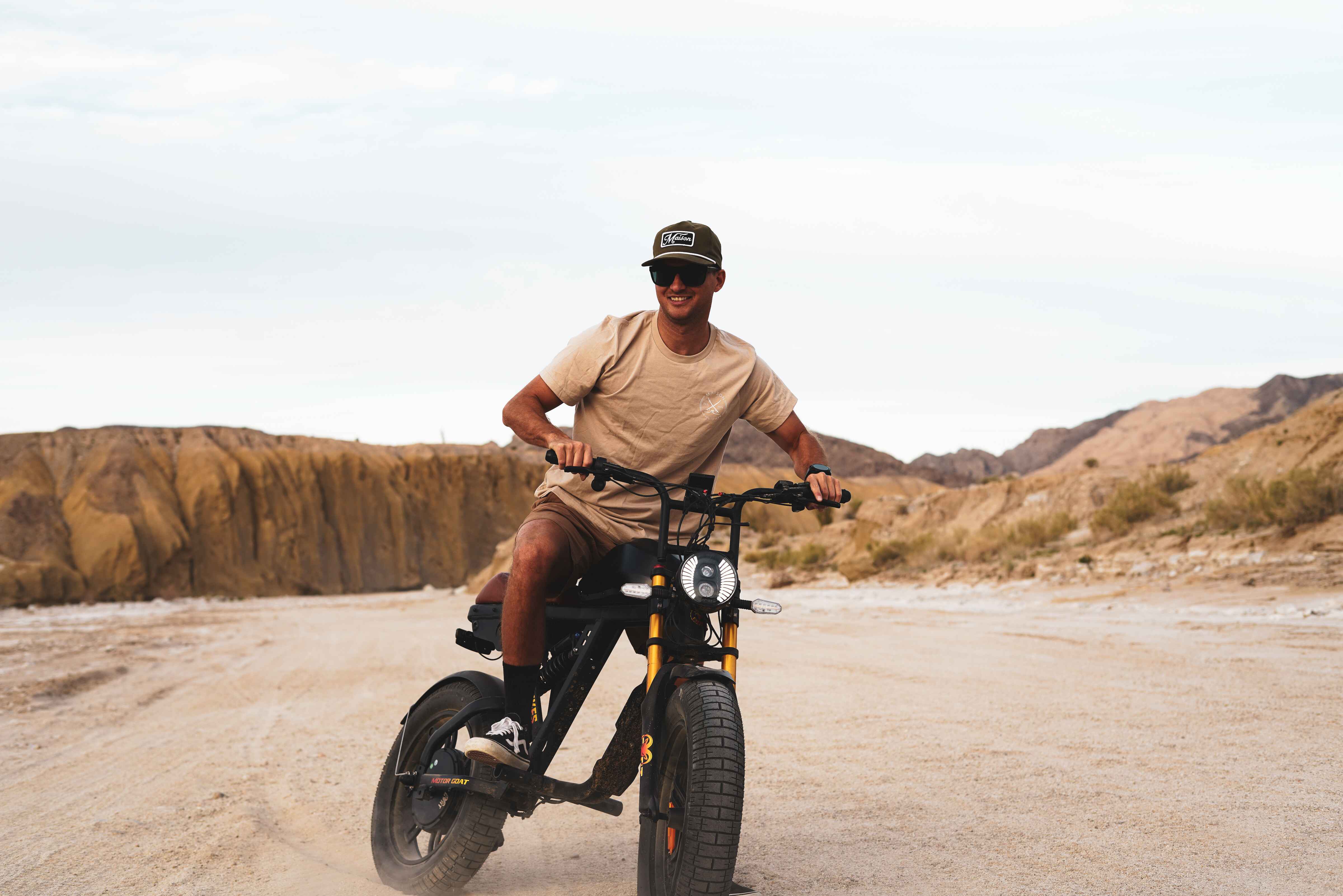As electric bikes (e-bikes) continue to surge in popularity across the country, understanding the regulations that govern them is more important than ever. Whether you’re riding for commuting, recreation, or adventure, knowing the rules of the road ensures you stay safe and legal. In the U.S., e-bike laws vary from state to state, but there are several commonalities and national guidelines that every rider should be aware of.
How E-Bikes Are Classified
In the United States, e-bikes are generally not classified as motor vehicles. This is a crucial distinction because it means that e-bikes are treated more like bicycles than motorcycles or scooters. As a result, many of the legal requirements that apply to gas-powered vehicles—like insurance, registration, and a driver’s license—do not apply to e-bikes. However, there are still specific guidelines riders need to follow.
Most states have adopted the three-class system, developed by PeopleForBikes and used as a national model:
Class 1: Pedal-assist only. The motor assists only when the rider is pedaling and cuts off at 20 mph.
Class 2: Throttle-assist. The motor can propel the bike without pedaling but is still limited to 20 mph.
Class 3: Pedal-assist only, but with assistance up to 28 mph. These bikes often require a speedometer and may face additional restrictions on trails and shared-use paths.
Maximum Speed Limit
One of the most important regulations to understand is the speed limit. In the U.S., the maximum speed for Class 1 and Class 2 e-bikes is 20 miles per hour. Class 3 bikes can go up to 28 mph but only with pedal assist—not throttle.
These speed limits are in place to ensure safety on bike paths, city streets, and shared recreational trails. Going beyond these speeds could result in your e-bike being classified as a moped or motorcycle, which comes with more rigorous legal requirements.
Do You Need a License to Ride an E-Bike?
In the majority of states, you do not need a driver’s license to operate an e-bike. Because e-bikes are classified as bicycles, riders are generally exempt from licensing, insurance, and vehicle registration. However, there are a few exceptions:
-
Alabama requires both a driver’s license and registration for e-bike riders.
-
North Dakota and West Virginia treat some e-bikes as mopeds depending on their configuration.
-
Hawaii requires e-bike registration, even if no license is needed.
Before hitting the road, it’s always a good idea to check your state’s Department of Motor Vehicles (DMV) website or contact local transportation authorities.
Age Restrictions
Most states do not allow young children to ride electric bikes, especially higher-speed Class 3 models. Age limits vary by state, but here are a few examples:
-
In California, you must be at least 16 years old to operate a Class 3 e-bike.
-
Many states have no age requirement for Class 1 or Class 2 e-bikes but do require supervision for riders under 16.
These age restrictions help ensure that riders have the physical maturity and judgment necessary to handle the power and speed of an e-bike safely.
Where Can You Legally Ride?
Because e-bikes aren’t motor vehicles, they are allowed in many of the same places as traditional bicycles. However, access can vary depending on the e-bike’s class:
Bike Lanes and Roads:
-
Class 1 and Class 2 e-bikes are typically allowed wherever traditional bicycles are permitted, including city streets and bike lanes.
-
Class 3 e-bikes may be restricted from certain shared-use paths or bike trails, especially those that are not adjacent to a roadway.
Sidewalks:
-
Many jurisdictions prohibit riding e-bikes on sidewalks, especially Class 2 and Class 3 models.
-
Some cities allow Class 1 e-bikes on sidewalks but may impose speed or usage limits.
Trails and Parks:
-
Rules vary by land manager. National parks, for instance, may allow Class 1 e-bikes on non-motorized trails but prohibit others.
-
Always check with local park authorities or trail management organizations before riding.
Helmet Laws
Helmet requirements differ based on age and bike class. For example:
-
Minors (under 18) are typically required to wear helmets in most states.
-
Class 3 e-bike riders often must wear helmets regardless of age.
-
Some states have no helmet laws at all but still recommend them for safety.
Regardless of legal requirements, wearing a helmet is a smart move for riders of all ages.
Equipment and Safety Requirements
Some states have laws requiring specific safety equipment on e-bikes, including:
-
Front and rear lights or reflectors for night riding
-
Functioning brakes capable of bringing the bike to a complete stop within a reasonable distance
-
A bell or audible warning device for alerting pedestrians
Check your state or city’s bicycle safety regulations to ensure your e-bike is properly equipped.
Introducing "The Billy Goat" – Compliant, Capable, and Built for Every Ride
Now that you understand the current landscape of e-bike regulations in the United States, it’s time to choose a bike that not only meets the legal requirements but also delivers serious performance. Enter: The Billy Goat.
With a 3,000W rated motor, throttle and pedal assist, and a top speed that complies with e-bike laws, The Billy Goat is ideal for riders who want versatility, power, and style. Whether you're commuting through the city or exploring the backroads, The Billy Goat is designed to meet the performance demands of real-world riders while staying compliant with U.S. e-bike regulations.
Key Features:
-
Motor: 3,000W (peak 4,500W) with both pedal-assist and throttle modes
-
Top Speed: Up to 20 mph in Class 2 mode for full legal compliance
-
Battery: High-capacity 60V 30Ah lithium-ion battery
-
Range: Up to 50 miles on throttle, 80+ miles with pedal assist
-
Safety: Full lighting system, hydraulic disc brakes, horn, turn signals, and rearview mirrors
The Billy Goat offers all the features you need to ride safely, legally, and confidently across state lines.
Final Thoughts
Electric bike regulations in the U.S. are evolving, but the overall goal is the same: to keep riders and pedestrians safe while promoting greener transportation. By understanding your local laws and choosing a bike that fits within those guidelines, you can enjoy all the benefits of e-biking without legal hassles.
Before your next ride, take a few minutes to:
-
Verify your e-bike’s classification
-
Know your local helmet and age requirements
-
Equip your ride with the proper safety gear
-
Ride only where e-bikes are allowed
With the right bike and the right knowledge, you're ready to enjoy the freedom, efficiency, and fun of electric biking in 2025 and beyond. Want to make sure your e-bike is fully compliant? Check out The Billy Goat and other models at GOAT Power Bikes.









Comments
YOUR COMMENTS ON THE HEIGHT OF A RIDER ALL SAY 5’6-6’? I AM ONLY 5’2" AND ALL OF YOUR SEAT HEIGHTS SAY 32" FROM THE GROUND ARE ALL OF THE FRAMES THE SAME SIZE? THANK YOU FOR YOUR TIME TO READ AND RESPOND TO ME.